This four part series documents my time on a cruise ship, quite literally cruising down the Nile from Luxor to Aswan. Read Part I, Part II, and Part III to catch up!
After more than 24 hours of pure misery, I started out Day 8 fresh as a daisy. I honestly felt like I had risen from the dead and I translated my joy into my day of exploring. I never felt so energised. In hindsight, I consider myself pretty lucky that I was sick on our “slowest” day. Peering out of our windows, we drifted into Aswan.
In ancient times, Aswan was the Southern Frontier of Ancient Egypt. It acted as a commercial gateway for the rest of the continent of Africa. Aswan was the ‘entrance’ to Egypt and so remained an important city for centuries.
Unfinished Obelisk
At this point, looking at a map we realise that we are deep in the south of Egypt. Hence, things were a lot warmer around here. In fact, Aswan is one of the hottest, driest cities in the world! It seriously does not rain here. Nonetheless, we kept our spirits high by surrounding ourselves with various ancient wonders.
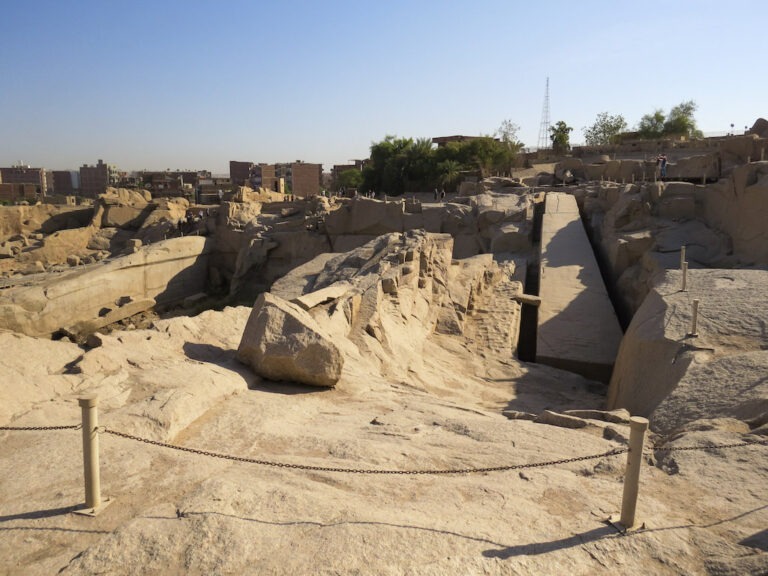
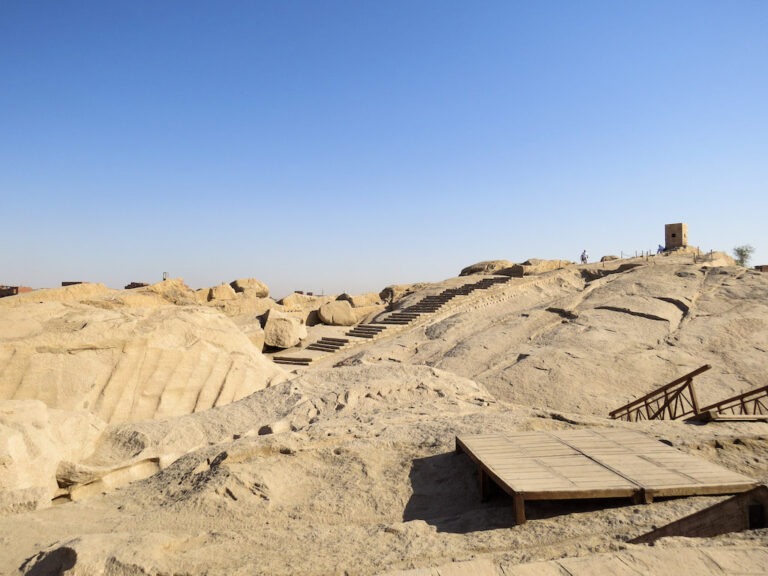

The Unfinished Obelisk is exactly what you might think: an unfinished obelisk. Aswan is famous for its stone quarries, especially for the granitic rock Syenite. You can trace hundreds of obelisks, statues and shrines back to the stone found here in Aswan. The Unfinished Obelisk is a rare insight into the stonemasons of antiquity. It is the largest known ancient obelisk and is incredibly unique because you can see the entire structure, though it is still attached to the granite. Our tour guide explained how such massive structures were built. The obelisk was cut directly out of the bedrock, but just before completion cracks started to emerge in the granite. It is amazing to me how such a fine piece of craftsmanship can fail, just like that.

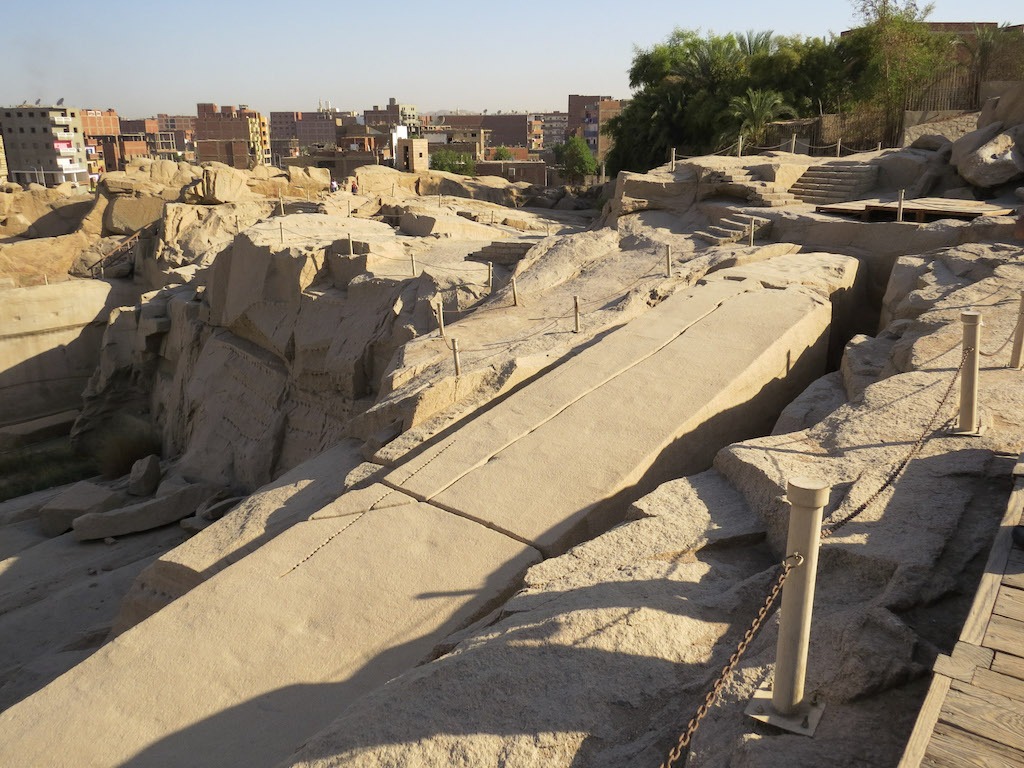
Aswan Dam
Back on the bus we headed to the Aswan Dam. Now, this may seem like a little bit of an odd stop to many–including myself. But, as I came to understand, the Aswan Dam is a source of great pride for Egypt. It is one of the largest dams in the world.
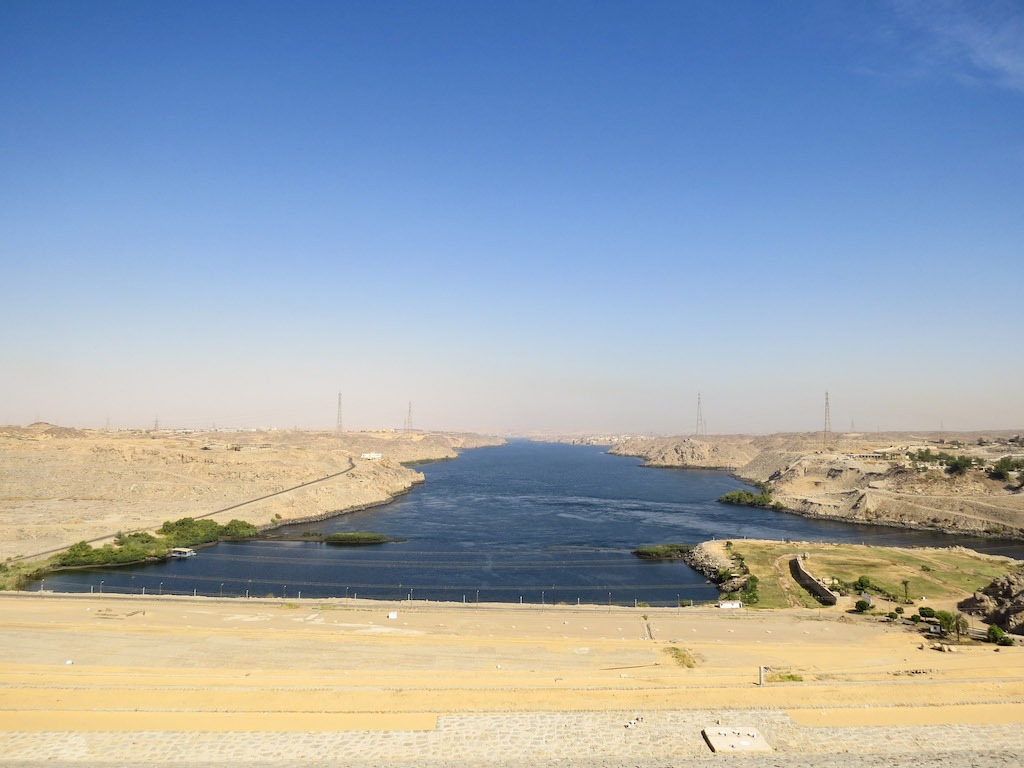
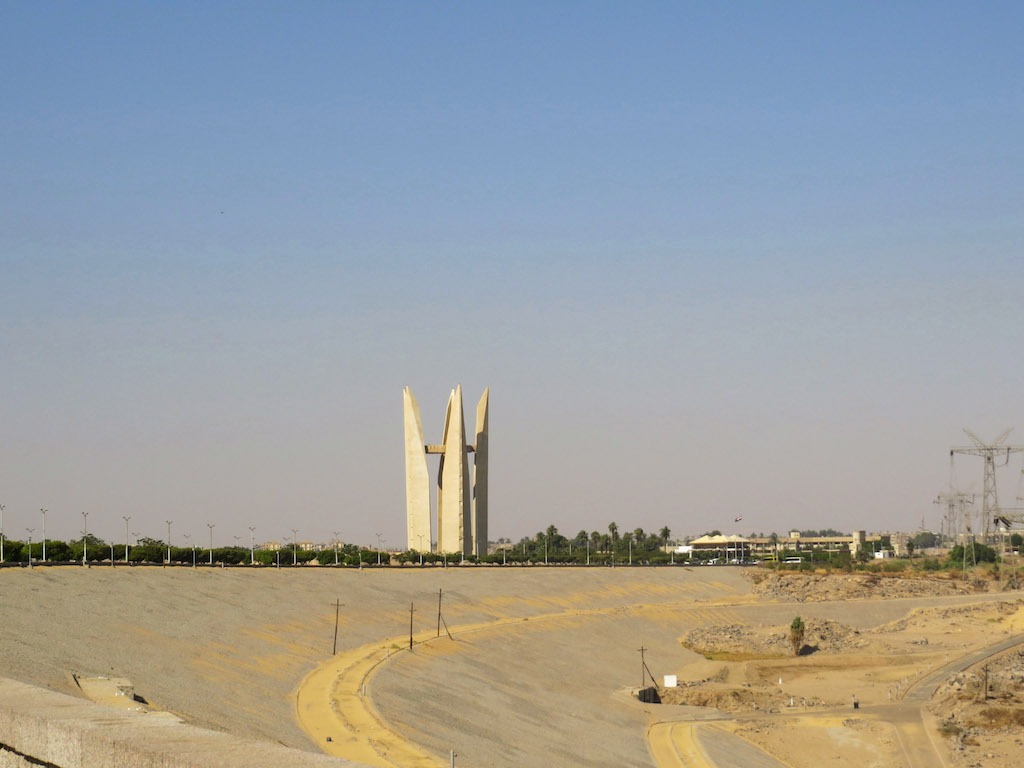 There is a lot of political history behind the Dam, which I won’t go into here, but it is important to note that the USSR post-Suez Canal helped finance the Dam. This is evidenced by the giant monument dedicated to Arab-Soviet friendship.
There is a lot of political history behind the Dam, which I won’t go into here, but it is important to note that the USSR post-Suez Canal helped finance the Dam. This is evidenced by the giant monument dedicated to Arab-Soviet friendship.

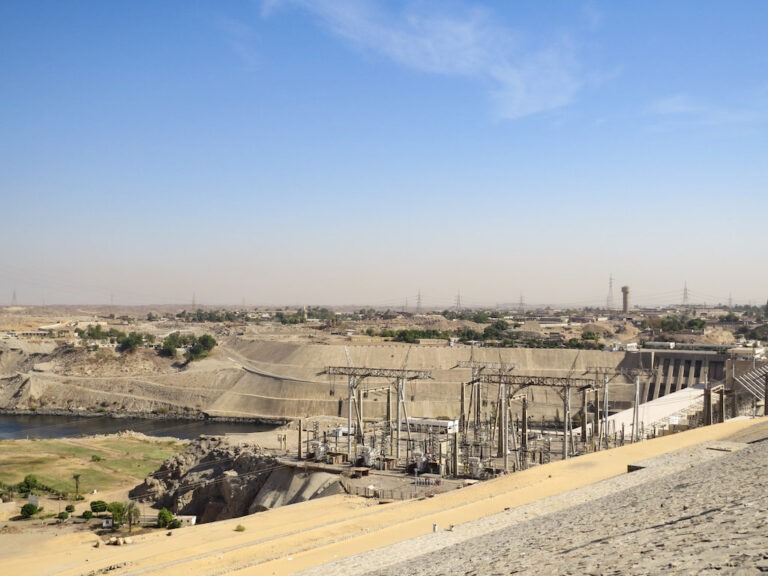
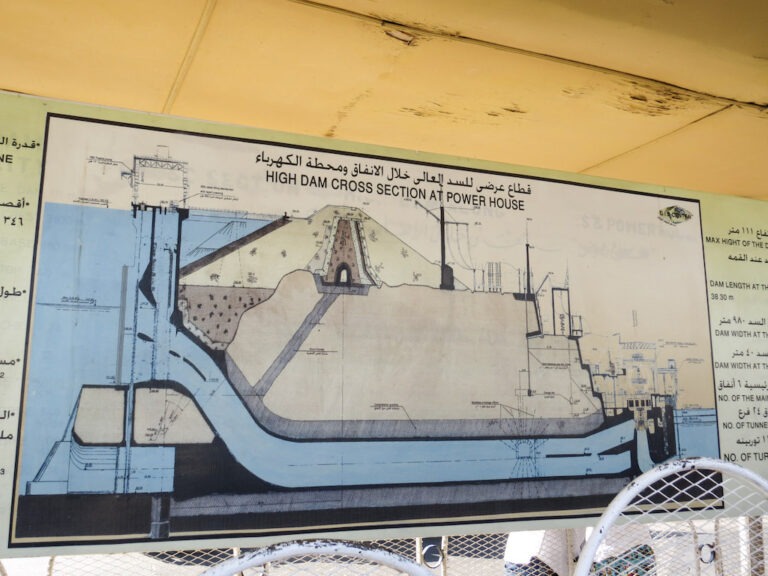
Philae Temple
One of my favourite temples in Egypt is the Temple of Isis on the island of Philae. The Temple of Isis attracted pilgrims for thousands of years. It was built during the Ptolemaic Kingdom, so it is interesting to see a different period of history replicating what came before them. The Temple of Isis was the last active site of the native ancient Egyptian religion. Egyptologists also claim that the last Egyptian hieroglyph was written here in the late fourth century.
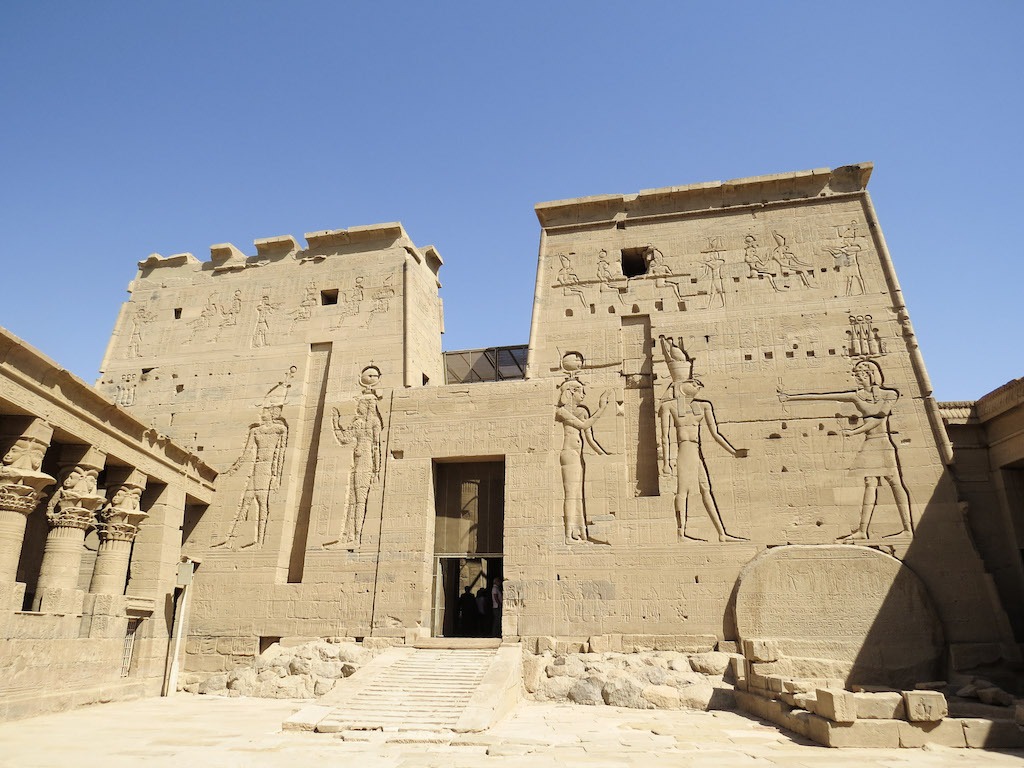 As it is on an island, the only way to reach it is by boat. The Temple itself is incredibly beautiful. Dedicated to the goddess Isis, the cult of Isis primarily worshipped in this temple and a couple others like it across the Roman Empire. The central myth of the cult concerned the death and rebirth of Osiris. In this myth, Osiris’ brother Seth (god of death and punishment) was envious of Osiris’ rule over Egypt and the Nile, and so he murdered him, cutting him into many pieces. Osiris’ wife Isis then gathered the pieces together and took them into herself and gave birth to Osiris, resurrecting him.
As it is on an island, the only way to reach it is by boat. The Temple itself is incredibly beautiful. Dedicated to the goddess Isis, the cult of Isis primarily worshipped in this temple and a couple others like it across the Roman Empire. The central myth of the cult concerned the death and rebirth of Osiris. In this myth, Osiris’ brother Seth (god of death and punishment) was envious of Osiris’ rule over Egypt and the Nile, and so he murdered him, cutting him into many pieces. Osiris’ wife Isis then gathered the pieces together and took them into herself and gave birth to Osiris, resurrecting him.
The cult of Isis, and the worship of her, was extremely powerful. In fact, most evidence suggests that the cult of Isis was the largest competitor for Christianity in the Empire, especially concerning the inclusion of women as priests and worshipers equally.
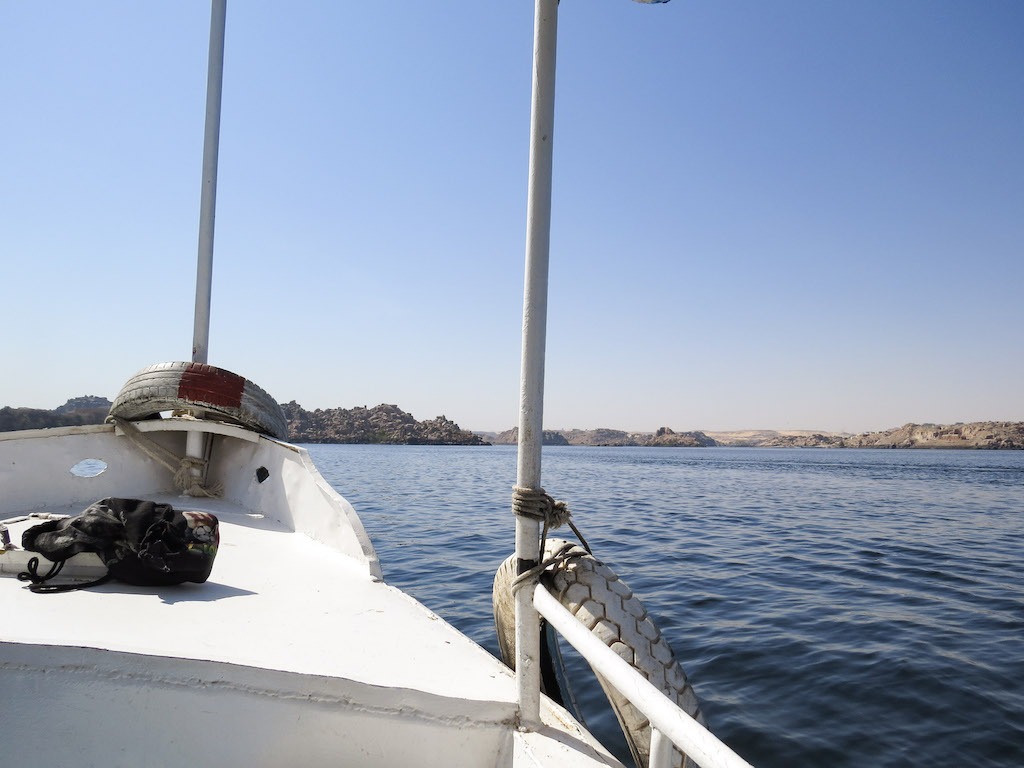
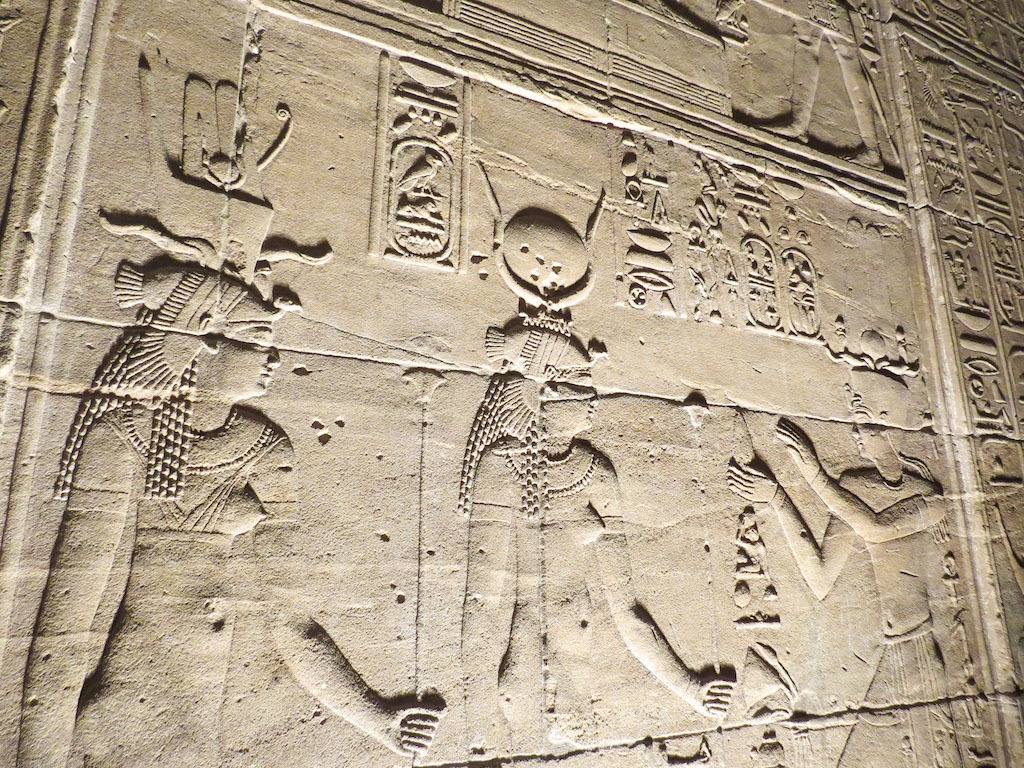 The Aswan Dam threatened the very existence of this magnificent Temple due to the entire of island of Philae being submerged underwater. However, UNESCO intervened and between 1972 and 1980, the massive temple complex was disassembled stone by stone. It was relocated and reconstructed on nearby Agilika Island, which was landscaped to resemble the original sacred isle of Isis. How cool is that?
The Aswan Dam threatened the very existence of this magnificent Temple due to the entire of island of Philae being submerged underwater. However, UNESCO intervened and between 1972 and 1980, the massive temple complex was disassembled stone by stone. It was relocated and reconstructed on nearby Agilika Island, which was landscaped to resemble the original sacred isle of Isis. How cool is that?
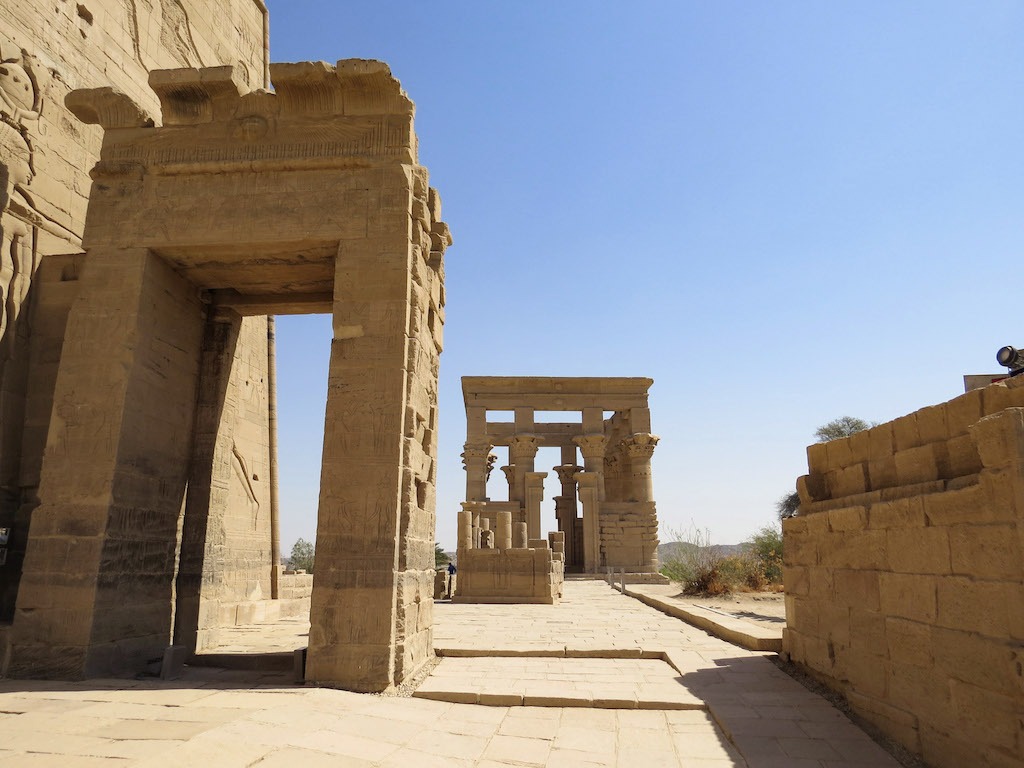
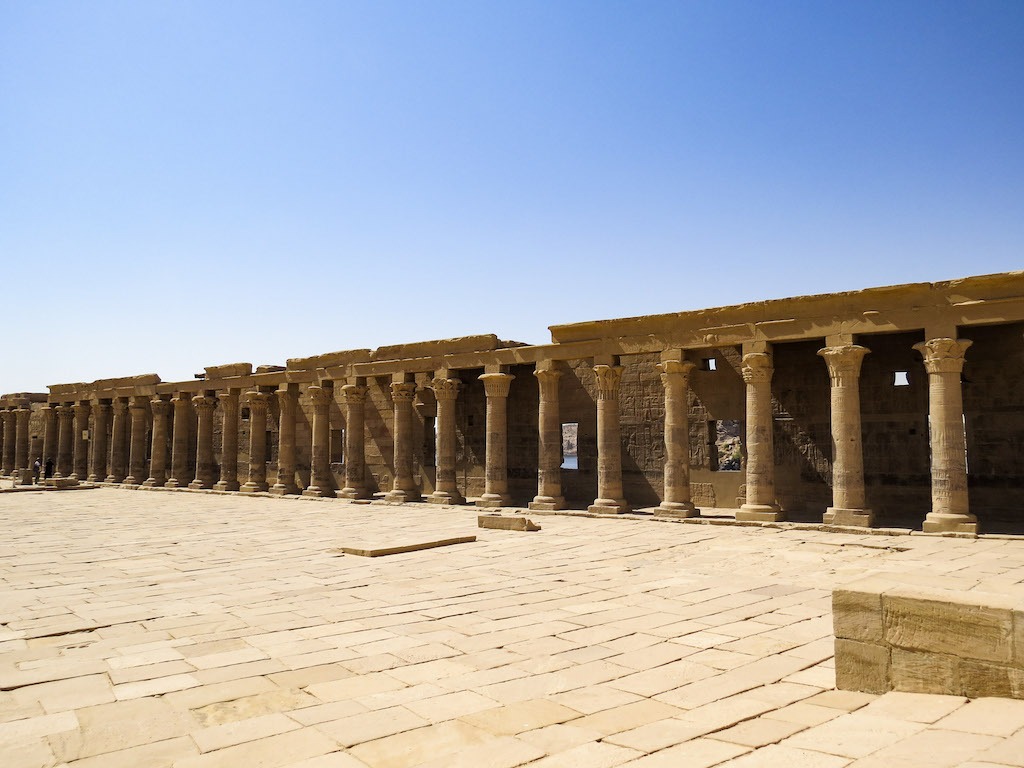
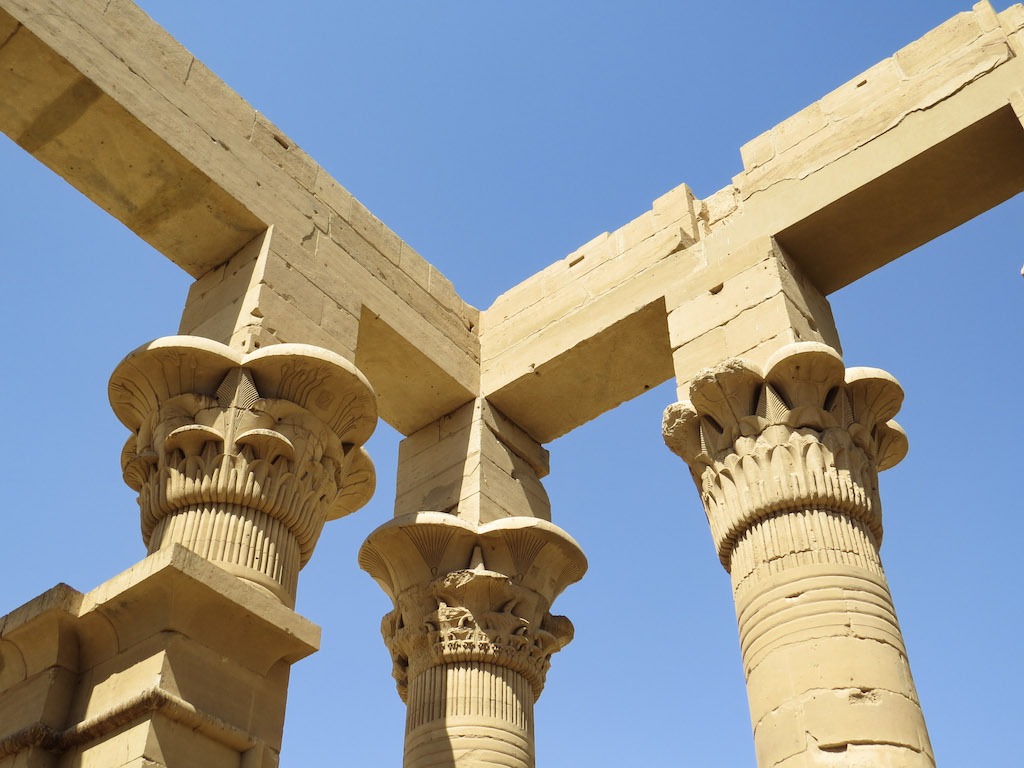
Cruising Through the Nile Jungle
This is probably my single most favourite moment during the whole trip. The sounds and sights of the Nile are incomparable to anything in the world. There is not much to say, but I can’t recommend this experience enough! You truly feel the veins of Egypt.
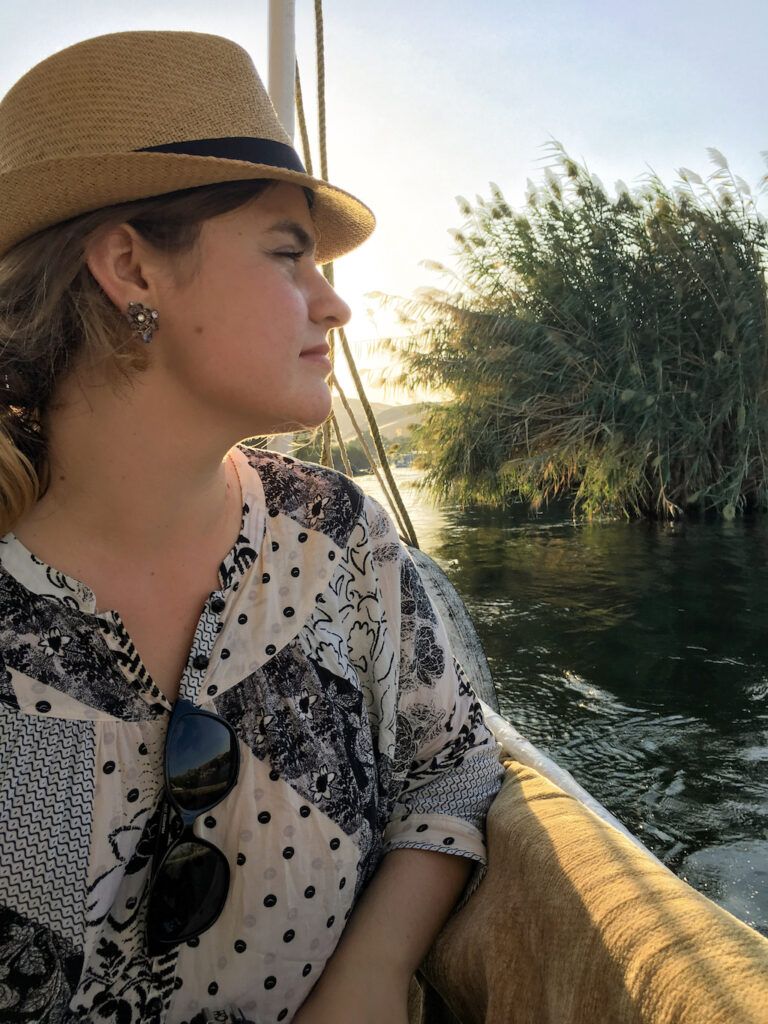
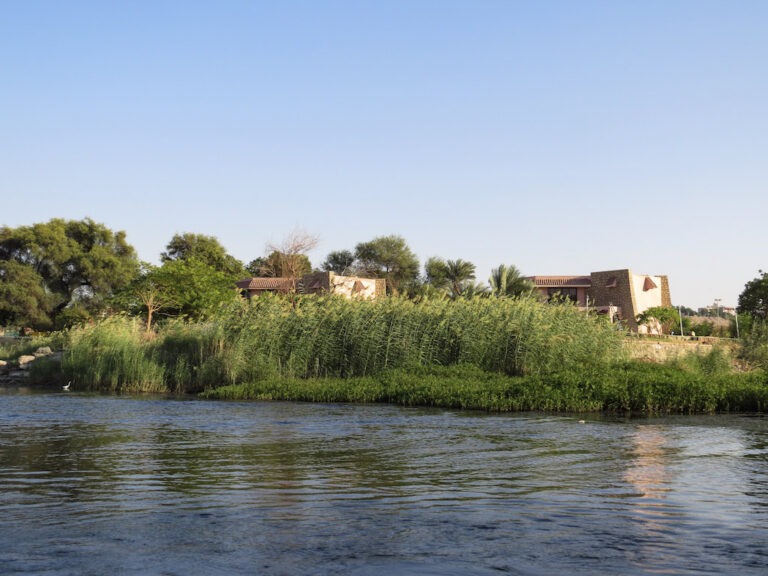
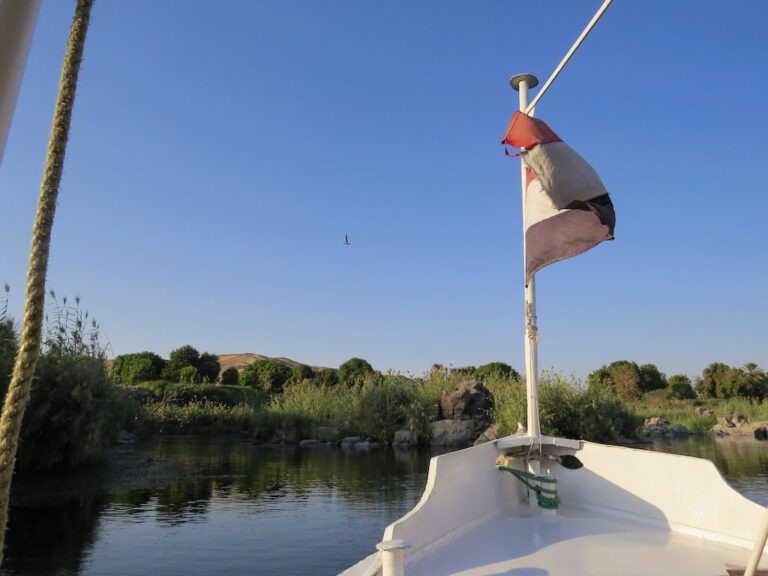
To feel the wind pickup and whisk through your hair, to hear the hundreds of creatures in the papyrus, to hear the water ripple as the boat cuts through… it’s nothing short of spectacular.
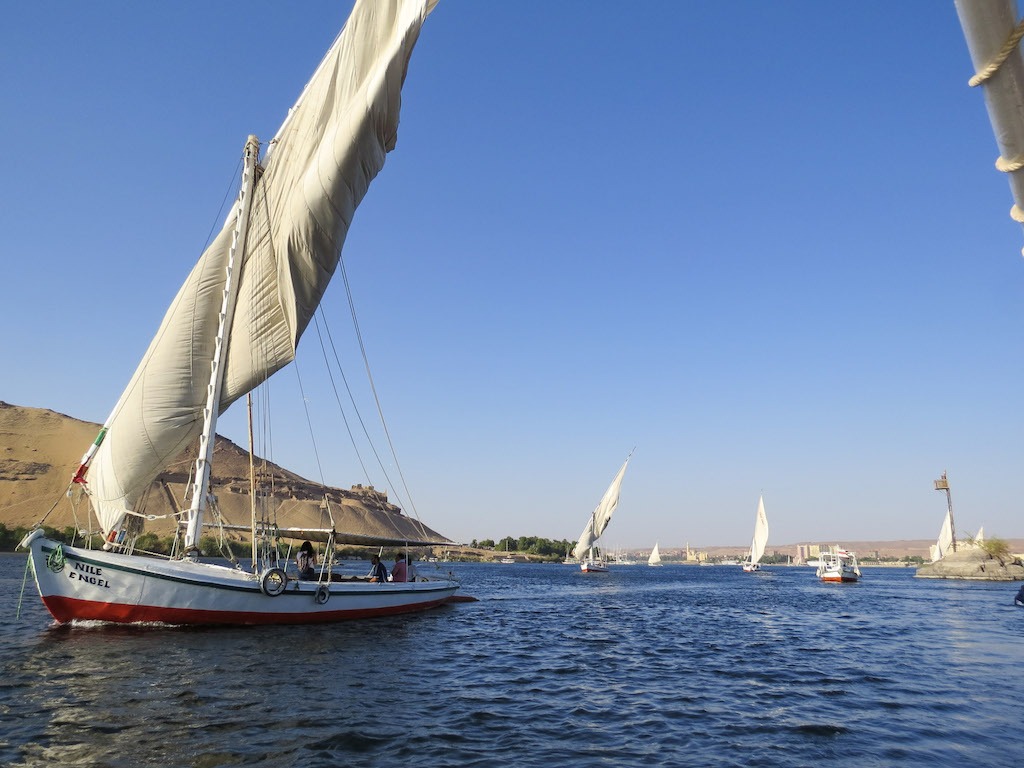
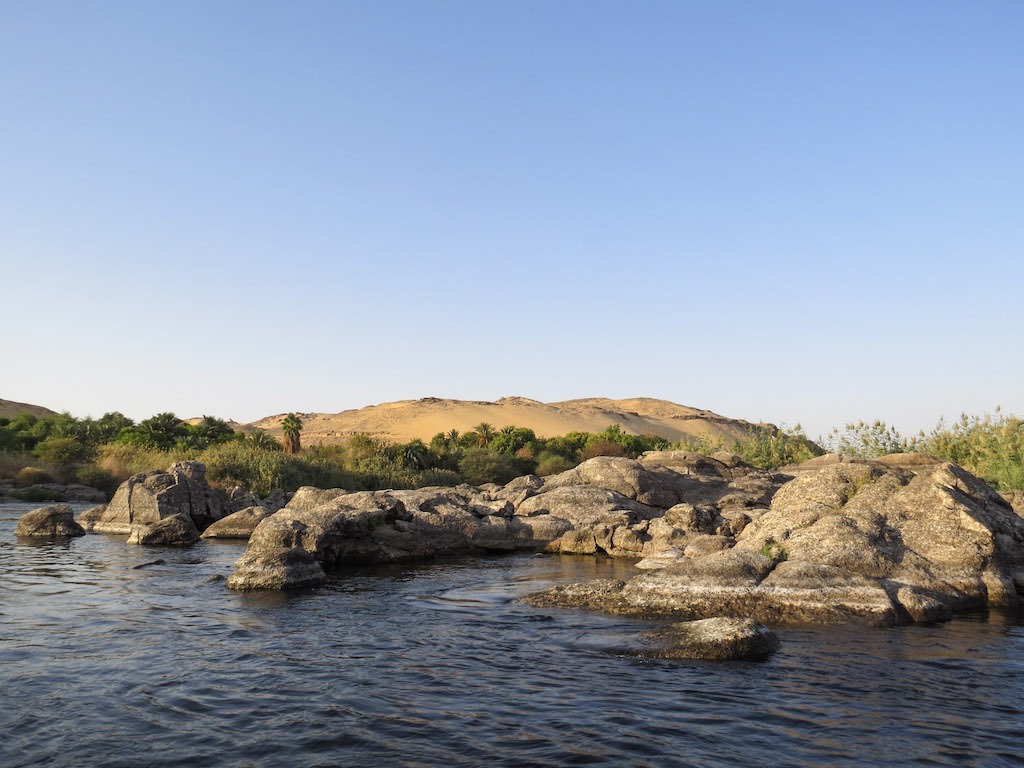
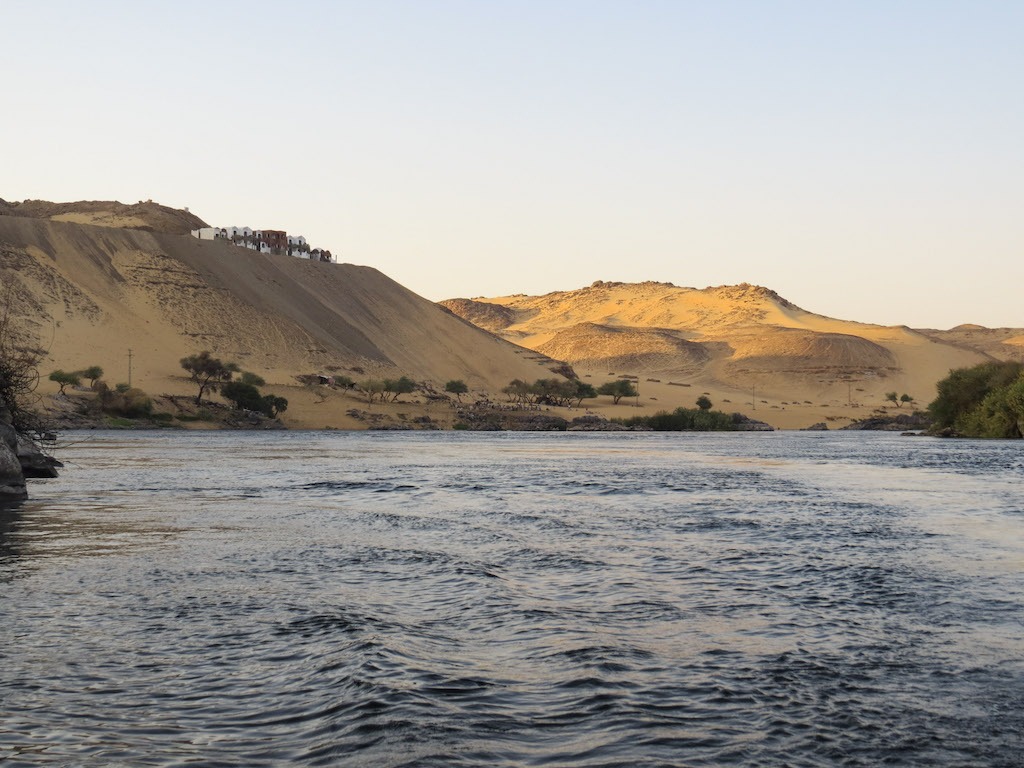
How I Feel About Camel-Riding
After a long boat ride through the Nile delta, the tour group had the opportunity to ride camels along the Nile. Victor and I declined the offer and there are many reasons why.

1. It’s Not Necessary
I understand that many areas of Egypt are only accessible by camel or horse, and that is fine with me. But, this camel ride along the Nile for 15 minutes was completely unnecessary. Why does the camel need to have me sitting on top? Just to experience his hard work? This just did not make sense to me at all. I apply this to food as well. I don’t judge other meat-eaters, but I do think people need to think more about what they eat. For example, is eating lamb truly necessary? I understand the need for sustenance and protein, but lamb is ‘extra’. Same for the camels — riding them for the sake of riding them is ‘extra’.
2. Questionable Care
While many animal service providers may be ethical and treat their animals with the utmost respect, I had no idea about these particular providers. I did not even know their name. Without more information, I was not going to go along with it.
3. It’s Scary!
Camels are huge animals! I have never encountered them this close before and I have no idea how they will behave. With horse-back riding you go through this whole process of getting to the know the animal. The horse learns to trust you and vice versa. You can’t expect me to just hop on top of a giant animal without any kind of consultation.
In the end, us travellers can make a huge difference if we just stand up for some things. As Laura Higham, the Veterinary Advisor to the Society for the Protection of Animals Abroad (SPANA), said: ‘holidaymakers are in a unique position to use their spending power to change animal welfare for the better’.
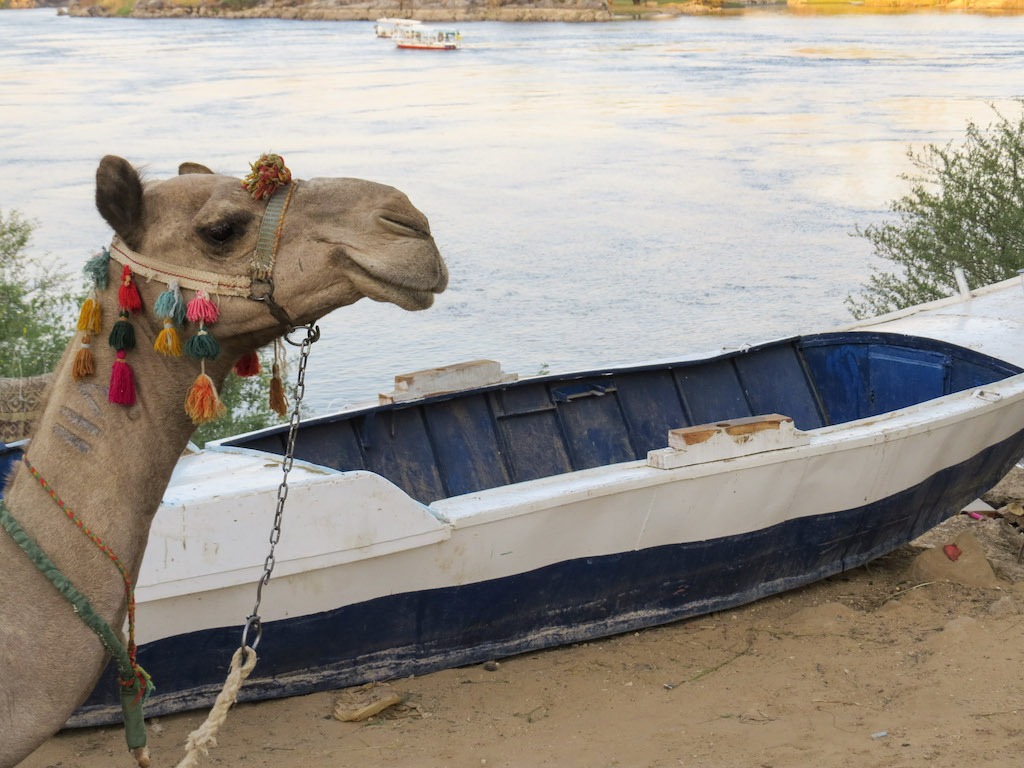
Nubian Village
After my uneasy experience with the camels, we hopped back on the boat heading to the Nubian Village. To my dismay, I encountered another uneasy moment. The Nubian Village is a village of ethnic Nubians. The Nubians came from southern Egypt and northern Sudan and started a number of settlements along the Nile River. Supposedly, Egypt is actively protecting this cultural haven in the Nubian Village.
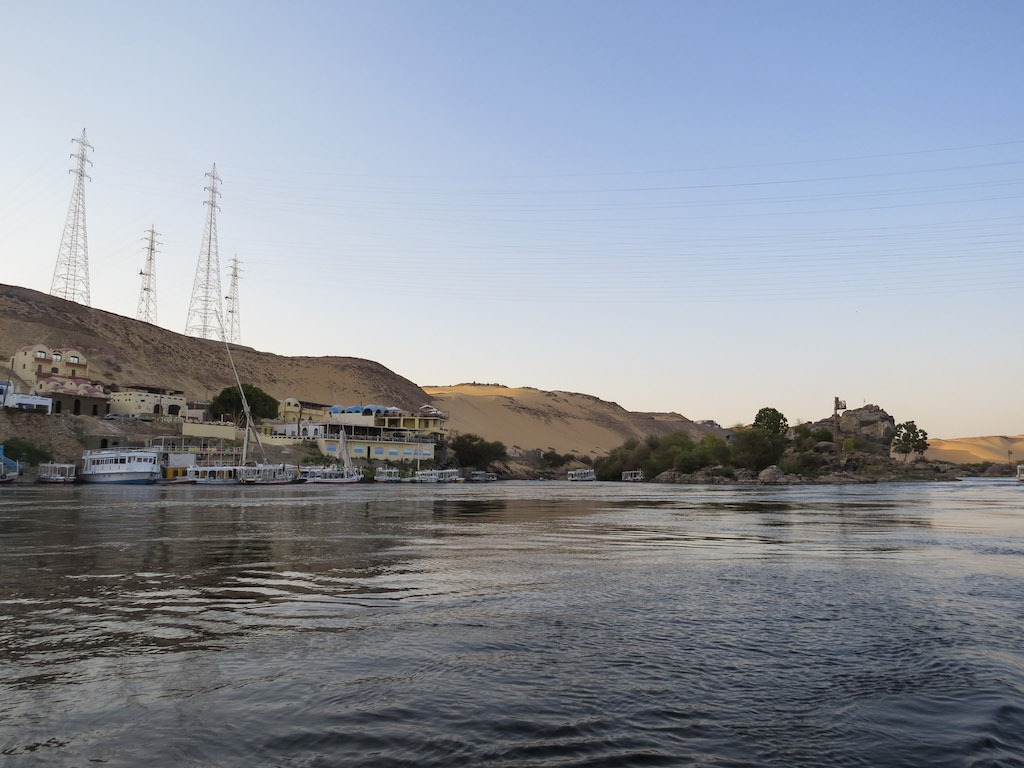 To me, it was all a bit strange. The village felt very staged and though I’m sure tourism helps the community, I wonder if their vital needs are being taken care of. We were led through a beautiful, blue house to a room to discuss the Nubians. After, we were offered tea by very young girls. Then, one of the girls offered to do henna. I was so incredibly conflicted about my choice to get henna. First of all, I have been warned time and time again about the effects of fake henna. Apparently it’s really common for people to use hair dye and all sorts of awful stuff to do henna as it’s cheaper and more accessible. This can cause a horrible reaction on your skin, to the point of scarring. How would you know the difference between fake henna and real henna? Real henna should leave a bright orange stencil on your skin, whereas fake henna is just blobs of ink sitting on your skin.
To me, it was all a bit strange. The village felt very staged and though I’m sure tourism helps the community, I wonder if their vital needs are being taken care of. We were led through a beautiful, blue house to a room to discuss the Nubians. After, we were offered tea by very young girls. Then, one of the girls offered to do henna. I was so incredibly conflicted about my choice to get henna. First of all, I have been warned time and time again about the effects of fake henna. Apparently it’s really common for people to use hair dye and all sorts of awful stuff to do henna as it’s cheaper and more accessible. This can cause a horrible reaction on your skin, to the point of scarring. How would you know the difference between fake henna and real henna? Real henna should leave a bright orange stencil on your skin, whereas fake henna is just blobs of ink sitting on your skin.
Because I said no to the camels, I felt weirdly pressured to go for the henna. I immediately regretted it. This tiny girl painted a flower on my wrist and I paid her with coins. Did I just support child labour? Afterwards, I felt a pang of panic as the henna was not leaving a bright orange tint as I had expected.
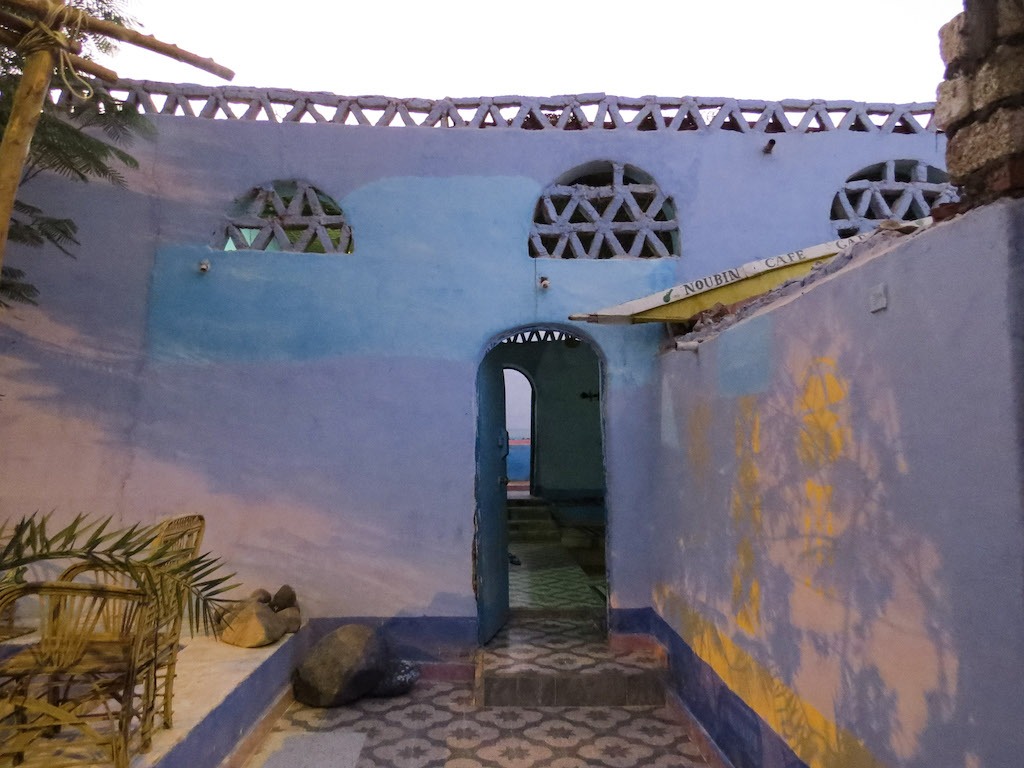 When I got back to the hotel I scratched it all off in desperation, but luckily my skin did not react at all. Lesson learned: trust your instincts!
When I got back to the hotel I scratched it all off in desperation, but luckily my skin did not react at all. Lesson learned: trust your instincts!
One Last Stop
Before heading back to the hotel we made a stop at a spices market. At this point, I am feeling very frustrated. The first half of the day was perfect, but the second half left me disillusioned with everything around me. I felt angry about the camels, I was disheartened by the Nubian Village, and to top it all off Victor and I were scammed at the spices market.
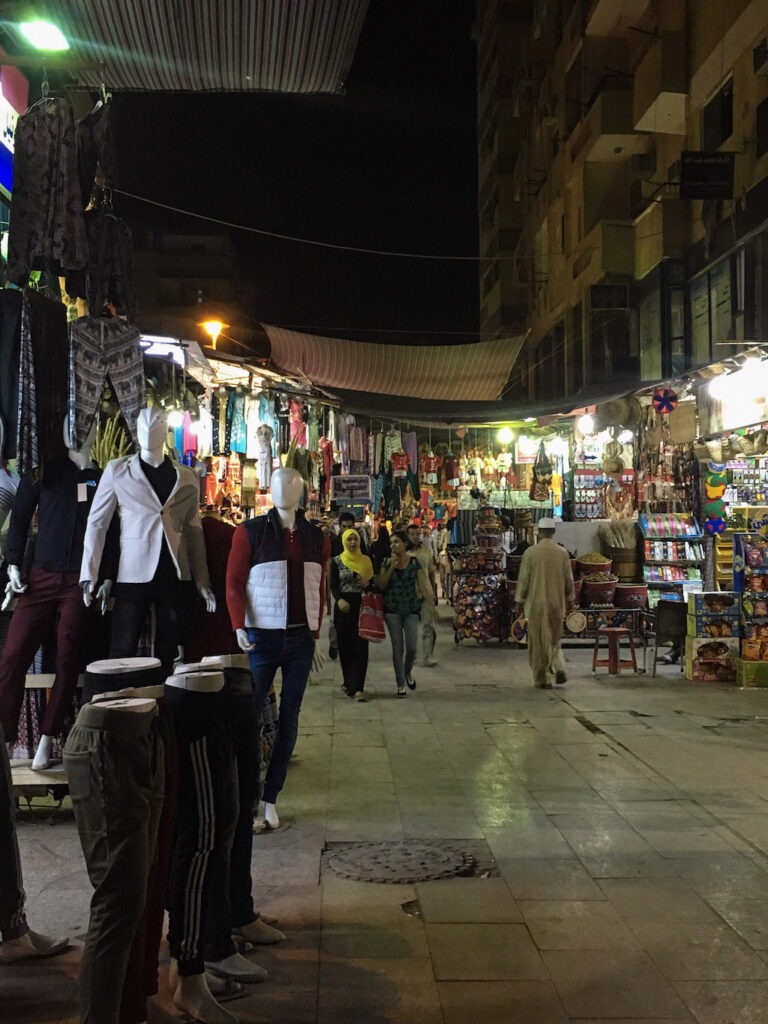
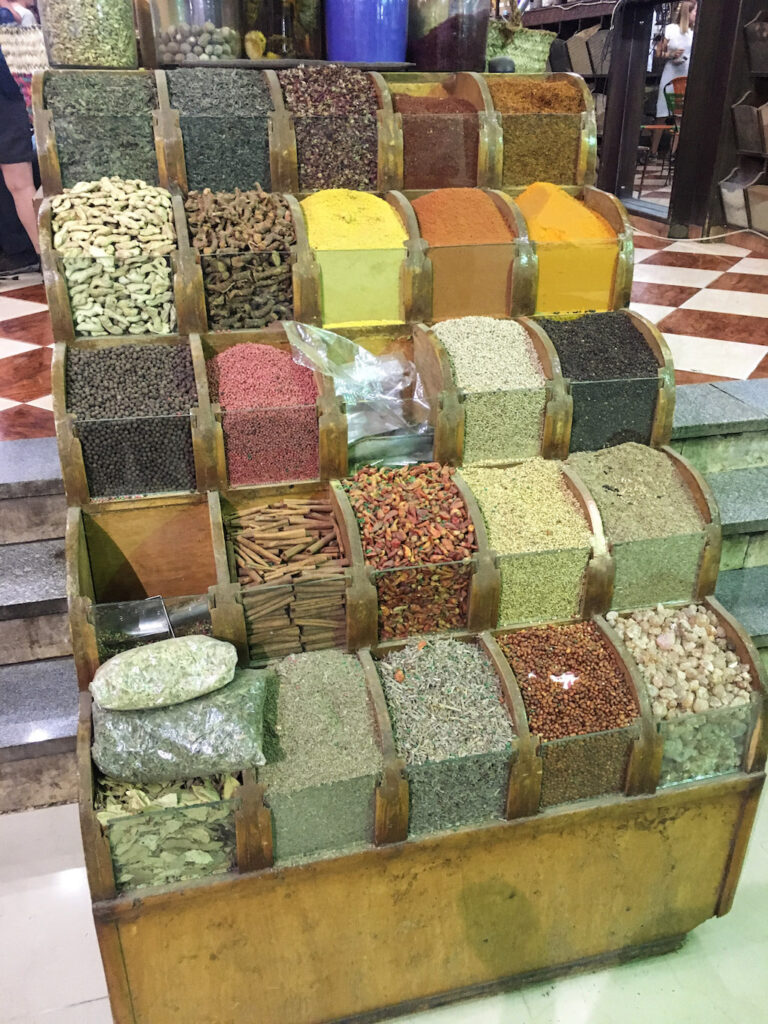
This post is truly my first one about some pretty negative experiences in Egypt. Of course, this all needs to be taken within the greater context. We did get to go on a boat ride through the green spaces of the Nile and we did manage to buy lots of wonderful spices. My memories are filled with the good and the bad!
I think that’s the way more trips should be: full of the good, the bad, and the ugly. Next up is our final stop at Abu Simbel.



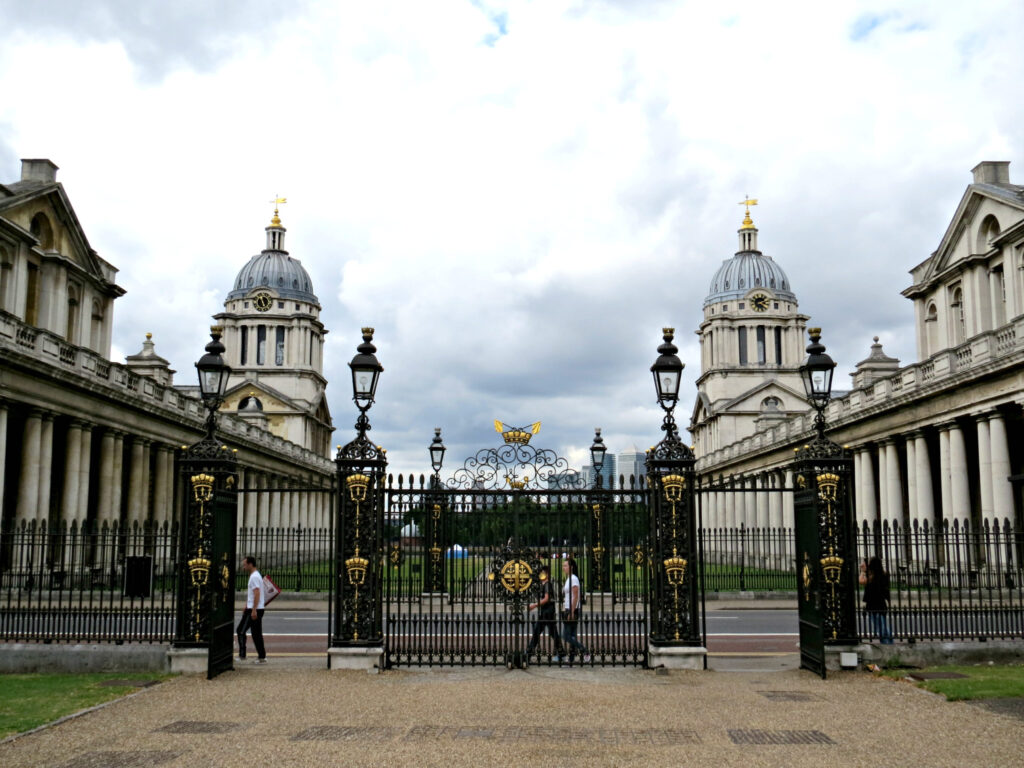
No Comments